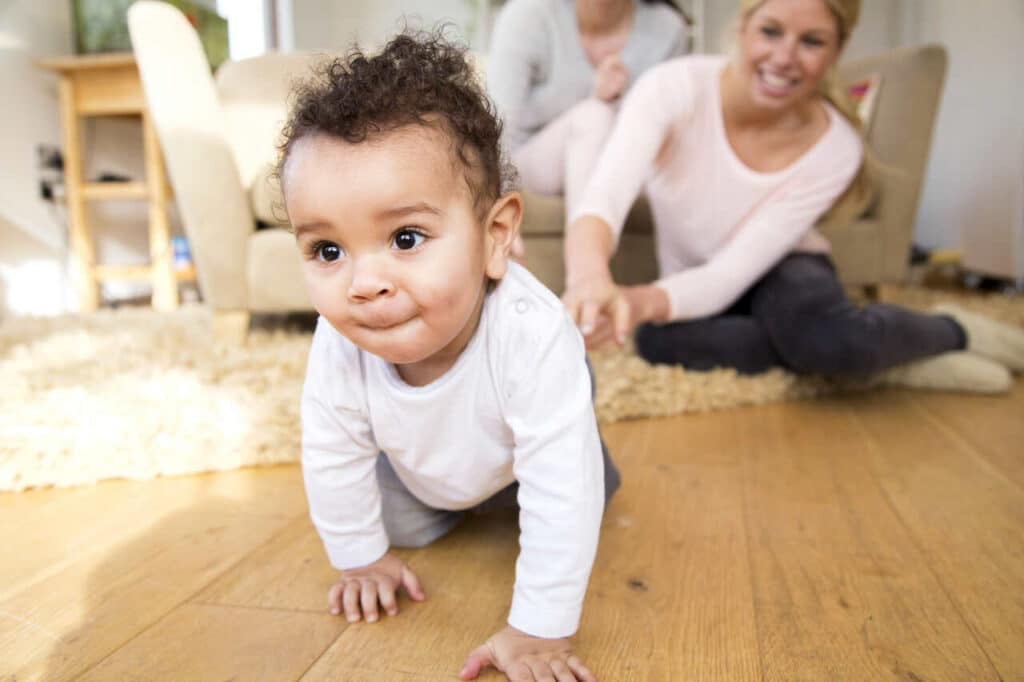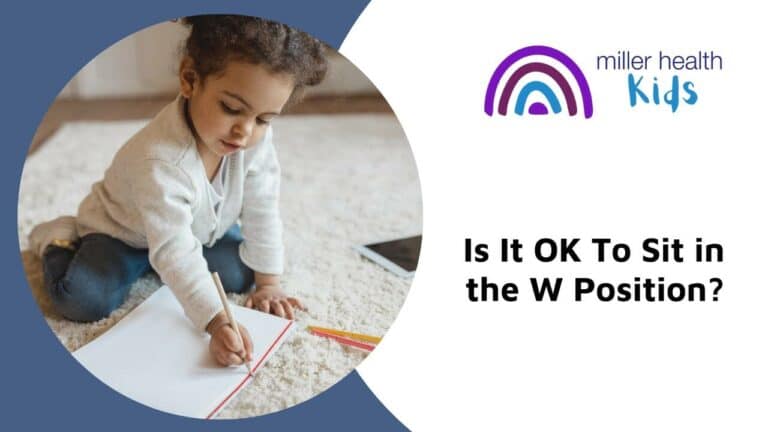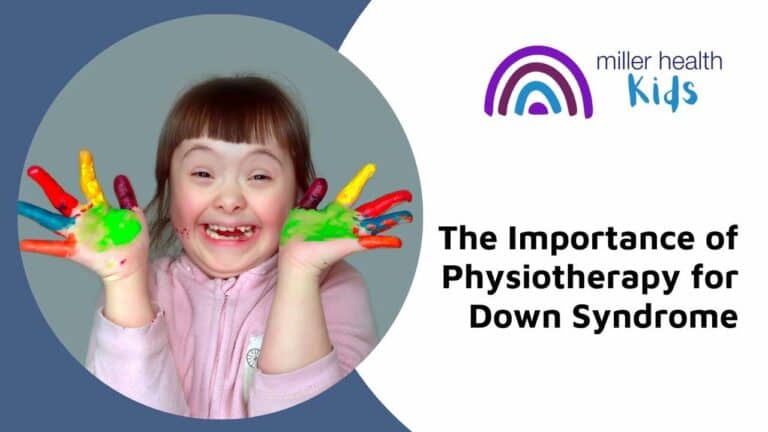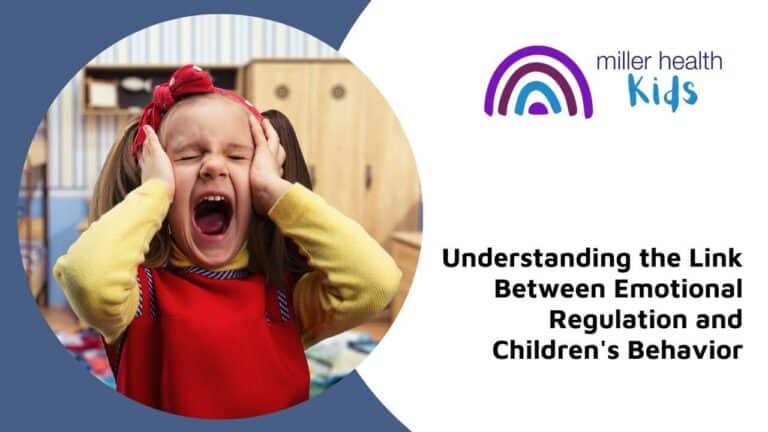
Are you concerned that your baby crawls backwards or uses a different crawling style? Not all babies crawl in the traditional manner. In fact, there are many different crawling styles and it does not always mean there is cause for concern. Keep reading to find out when non-traditional crawling styles are concerning and when to seek treatment from a physiotherapist.
Common Types of Crawling
Some of the more common types of crawling include:
Below are some common questions we get on the topic of crawling:
Is Bottom Shuffling a Concern?
Bottom shuffling is very common in little ones and is not usually a cause for concern unless it is their primary choice of getting around. Bottom shuffling can lead to reduced strength in your baby’s arms, legs, back and core muscles, as they normally develop this through reciprocal crawling. Reciprocal crawling also helps babies develop balance and coordination, so this may also be affected if they are bottom-shuffling instead.
Babies that get around primarily by bottom shuffling may be delayed in other gross motor skills such as walking, since it is harder for them to transition into standing from this position, compared to being on their hands and knees during crawling.
Some ways to encourage babies that predominantly bottom shuffle to start crawling is to do lots of tummy time to allow for ease of getting into the crawling position. Another way to encourage the crawling position is to practice four-point kneeling over a pillow or your own legs to get them to put weight through their hands and knees. A physiotherapist can help you with specific beneficial positions for your child, tips for at home, provide fun ways to engage your child and ensure that muscle and motor development is on track.
Why Is My Child Not Crawling or Getting Around on Their Own?
There are several reasons why your child may not be crawling and it is important to determine what the underlying cause is. Some of these reasons include:
Is It Important for My Baby To Crawl?
Yes! There are many benefits to crawling including:
If your baby hasn’t identified a way to move around, if you see that they are only using one side of their body or if they continue to crawl in the non-traditional way for an extended period of time, it is a good idea to contact your local physiotherapist to see if there are any underlying causes and seek treatment. Treatment can include exercises, hands-on techniques, and advice to help teach your baby how to crawl.
Key Takeaways
Unsure if your child is on track with their crawling? With all the information online and the opinions of relatives, it can be hard to determine what is right for your child. Let Miller Health be your trusted source of confidence. Call us for a free consultation to see if pediatric physiotherapy would benefit your child or book an appointment for an assessment with Lauren.








